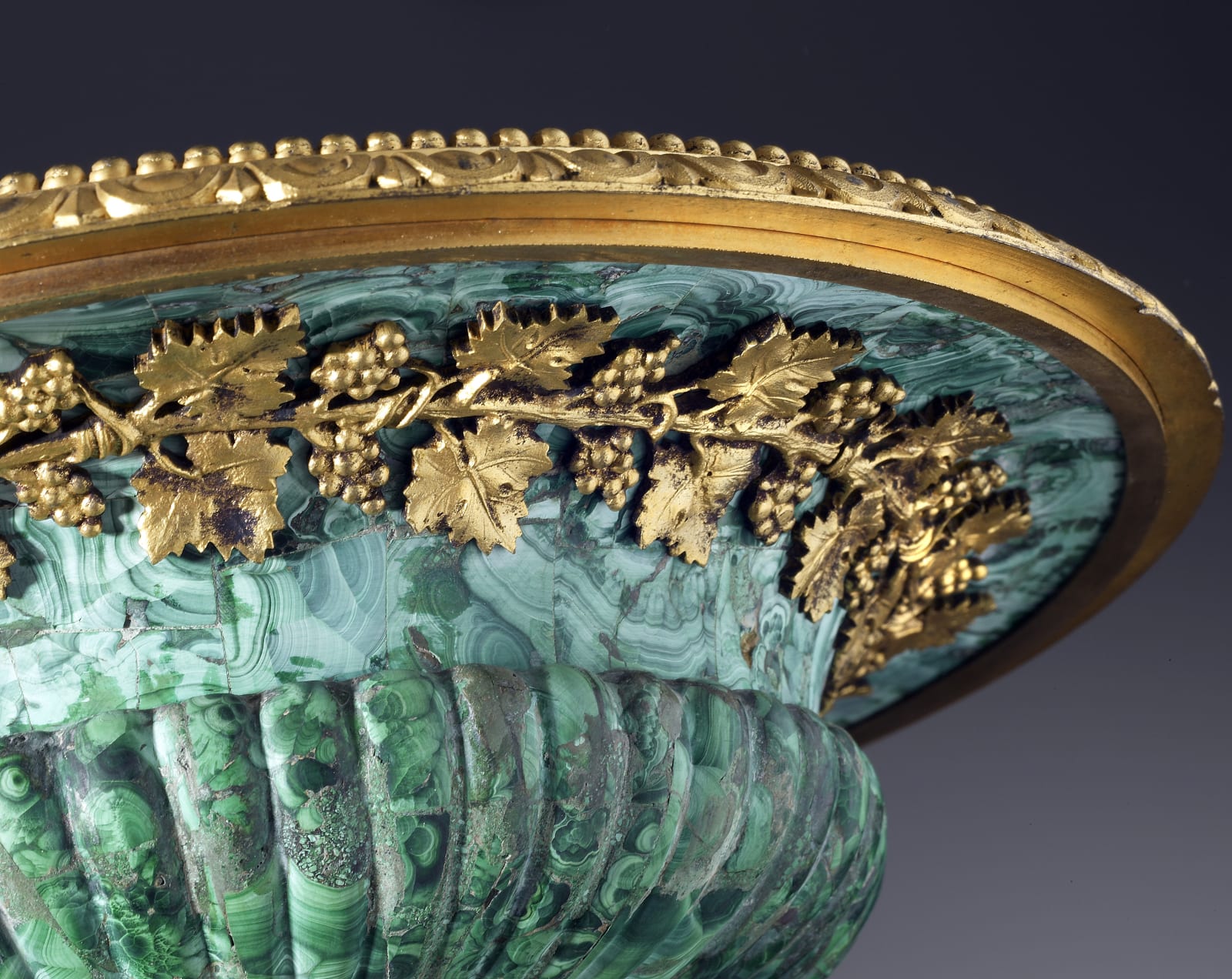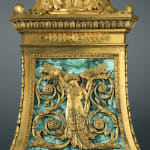Pierre-Philippe Thomire French, 1731-1843
Further images
Provenance
Reputedly from the collection of Prince Demidoff, Villa san Donato, Florence. Charles T. Yerkes collection, his sale American Art Galleries, New York, 19th-21st February 1912, lot 395.
Literature
Hans Ottomeyer and Peter Pröschel, "Vergoldete Bronzen", 1986, p. 663, pl. 5, illustrating one of four gilt bronze torchères by Thomire of almost identical design made for the Emperor for his Cabinet Intérieur at the Tuileries. "Carlton House, The Past Glories of George IV's Palace", 1991, p. 95, no. 47, illustrating a pair of gilt bronze and lapis lazuli torchères by Thomire of very similar design that were made for the Prince Regent of England. Hugh Roberts, "For the King's Pleasure, The Furnishing and Decoration of George IV's Apartments at Windsor Castle", 2001, p. 76, pl. 59 and p. 95, pl. 91, illustrating gilt bronze torchères by Thomire of virtually identical design made for the Prince Regent.
A very important pair of Empire gilt bronze and malachite tazze made by the preeminent bronzier Pierre-Philippe Thomire and signed Thomire à Paris, each with a gilt bronze bowl with an egg-and dart and beaded border, the underside veneered with malachite mounted with a frieze of gilt bronze fruiting grapevines and supported on a malachite-veneered columnar shaft encircled by acanthus and laurel leaves above a flared three sided plinth cast with laurel leaves, leaf tips, pendant husks and veneered with malachite panels mounted with gilt bronze winged putti emerging from foliate rinceaux
Paris, date circa 1811
Height 72 cm, diameter 25 cm. each.
Of outstanding quality, design and execution, these tazze are virtually identical to a very important set of four pure gilt bronze torchères that were commissioned from the preeminent fondeur-ciseleur Pierre-Philippe Thomire (1751-1843) by Emperor Napoleon for his Cabinet Intérieur at the Tuileries, which are now in the Grand Trianon at Versailles. The identical elements include the gadrooned bowl and fruiting grapevine as well as the scrolled acanthus leaves at the base of the shaft. In addition the flared base is of an identical shape and also incorporates identical gilt bronze mounts.
Napoleon gave Thomire the commission for his torchères in 1811. The esteemed fondeur-ciseleur then submitted his original designs so that they could be approved by the painter Jacques-Louis David and baron Dominique Vivant-Denon, director general of the Imperial Museums. In his chapter on Thomire in Ottomeyer and Pröschel op.cit, David Harris Cohen notes that the official reports describe how closely the designs were scrutinised and in his words 'reveal the importance of the commission. Each detail, not only of the candelabra, but of the room as a whole, was reviewed so that the total effect would be rich and dignified'. The writer also notes that Thomire was undoubtedly considered the finest bronzier of his day and was the only one to be placed in the highest class among those on the official lists. It was because of this that when either Napoleon or the City of Paris requested special orders for new pieces, the Garde Meuble would turn to Thomire.
Other of Thomire's more important clients included the Prince Regent (later George IV of England), who ordered six torchères from him. These were virtually identical to those commissioned by Napoleon but had slight differences to the flared base and the central columnar shaft. The Prince Regent's torchères were delivered by A. Delcambre on 1st September 1814 to his London residence at Carlton House, where they were placed in the Throne Room. They were subsequently moved to Windsor Castle in 1828 and were placed in the Large (Crimson) Drawing Room where they can still be seen today. Interestingly the Large Drawing Room also houses a pair of almost identical candelabra, again made by Thomire which are veneered on the shaft and on the base with lapis lazuli. Like the aforementioned set of six torchères, these were also once used at Carlton House and were then moved to Windsor Castle on 23rd December 1828.







